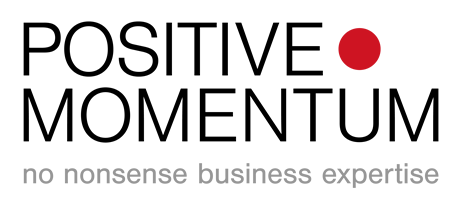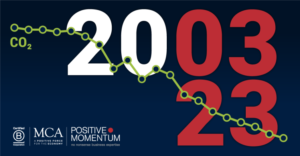Grow the business whilst reducing your costs and making a positive impact on the environment. This was what we set out to achieve over the course of two days with David Gordon and the leaders of BAM Clothing via the Circular Design Challenge. What a fantastic few days! The magic was provided by a combination of the drive, energy and minds of 50 international MBA students, Prof. Fiona Charnley the world leading academic on circular economy, her team at Exeter University and the brilliance of IDEO.
These are some of the things that came out (Note: for those of you in the clothes business these are gold dust):
- Resale – there’s a big prize for clothing businesses that can use data and their relationship with customers to create value from the resale of clothing. We created several prototypes that demonstrated how this could be done.
- Clothing as a service – As is predicted for cars and many other products there is a generation of younger tech savvy citizens who want the use of goods without owning them. They have strong views on the effects of consumption on climate change and think that subscription is better for the whole life cycle of a product, with the manufacture ultimately responsible for re-use, re-manufacture or re-cycling
- Next Gen – Clothing brands are investing to win the hearts, minds and custom of the high spending younger segment of society (Millennials, Gen Z). Most (not all) of the MBAs were from this segment so uniquely able to interpret what might work and appeal strongly.
It was great fun to work with this diverse group of people over an intense few days. One of the keys to success was the focus on developing a prototype of a circular business idea. IDEO who are the world’s leaders in design led systems innovation provided the frameworks, insights into the future of circular economy business models and set the conditions for breakthrough ideas to surface. Also a privilege to work alongside IDEO who are true masters at design led innovation.
Another key ingredient was provided by Fiona and her colleagues who are inspiring these future leaders to go back and make a difference to the world through business. She explained the challenges and opportunities for circular economy businesses. This model is coming of age, especially for these younger, tech savvy and values led consumers. To create these new business ideas they needed to understand how the circular economy works and be helped to see the business models that emerge from this way of thinking.
Your grandmother would know there’s nothing new in the circular economy that her generation didn’t already understand intrinsically. You don’t waste things, you find ways to repair and if you no longer need it someone else will. They are a thrifty, artisan generation who understand the value of things. Bring those values into a design for today’s world, add the digital revolution to the mix and factor in the economics of scarcity, plus over 7 billion people, plastic oceans and climate change and you arrive at the circular economy. We can design, make, sell, use, re-use, re-manufacture and recycle the things we need to live better lives without destroying nature, the climate and our futures (and make money, pay tax, etc).
On a recent TV Programme – Stacy Dooley Investigates: Are clothes wrecking our planet? Stacey Dooley, on the shores of Aral Sea
“Did I know cotton was capable of this? Course I didn’t. I had no idea”
- Clothing Industry ~5% of Global Co2e emissions
- Cotton uses 16.5% of global pesticides on less than 3% of agricultural land area
- 20%-35% of all primary source marine micro-plastics come from clothing fibres
It is becoming a race to the top – can BAM grow fast enough to solve the problem, or will the big guns be able to change faster? Both have to happen. Everyone in the room was captivated by BAM Clothing, a sustainable active life-style brand within the otherwise dirty business of fashion. The impacts of the clothing business on the climate, land use and people working in it are simply unsustainable. Many of the big players in the clothing industry are facing up to the need for massive change to reduce their impacts such as M&S, Addidas and H&M. However, BAM Clothing is a small, but rapidly growing business that is based on nature (regenerative Bamboo) designed to create a positive impact on the climate, the land and people.








